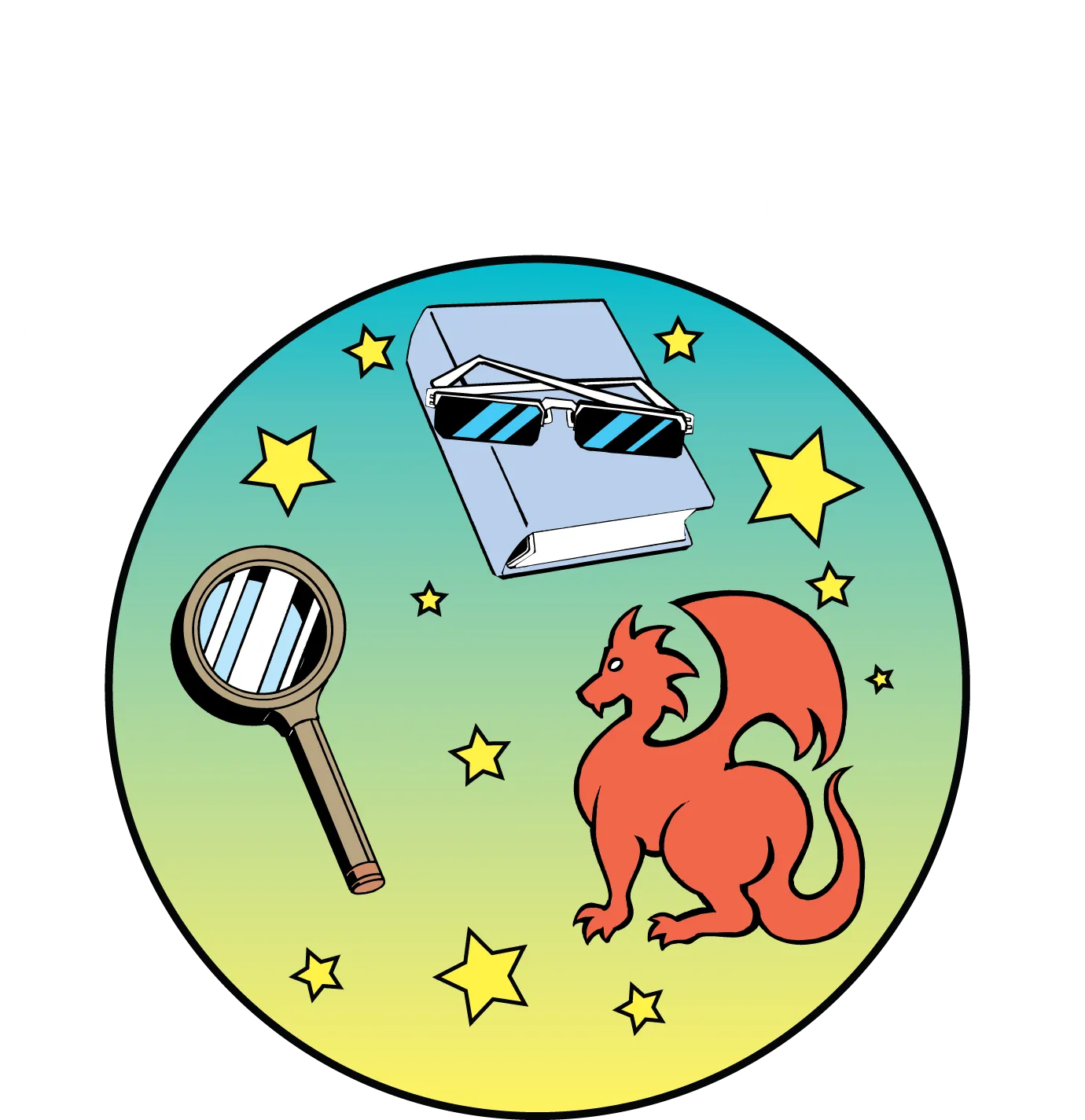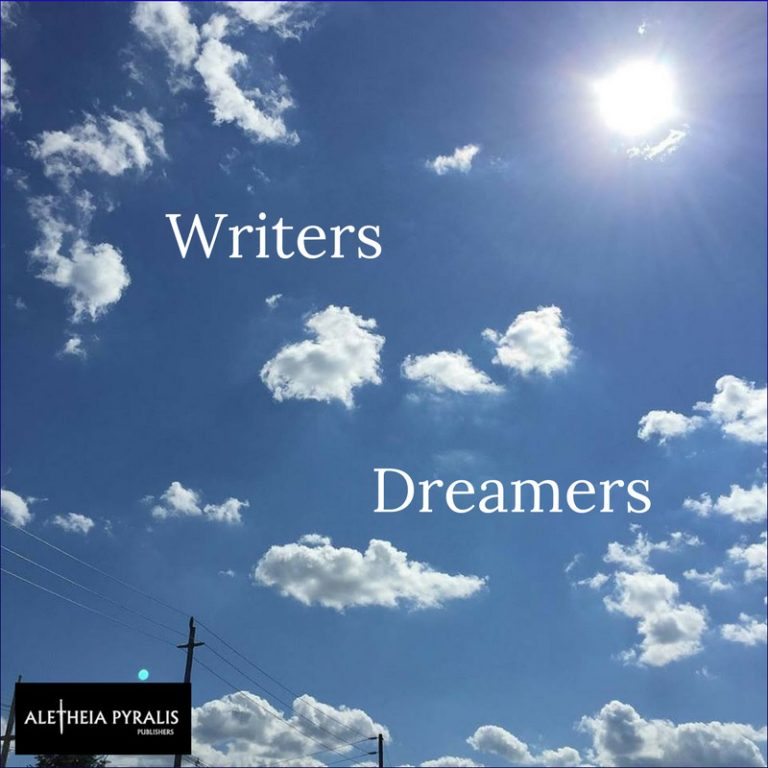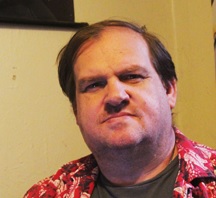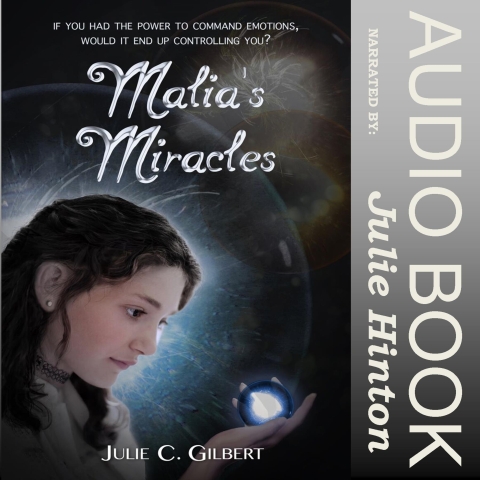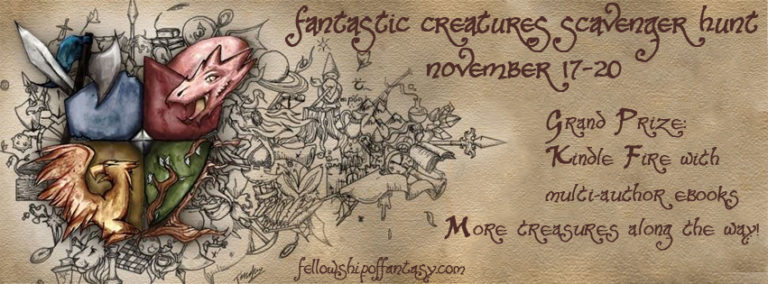How do you create a fictional world?
If you write speculative fiction of any sort, odds are good you’ll be creating a world. Science fiction and fantasy are especially prone to unique, author created worlds. If you have no idea where to start, try reading some of the masters. J.R.R. Tolkien and Brandon Sanderson immediately pop to mind as some of the greats. Once you’re ready to jump in, begin by thinking about what kind of world you want to make. This will largely be shaped by the plot you’re planning, the characters you’re creating, and the genre you stick the story in. Everything’s connected, so what comes first? In my experience, the answer is in the names. For simplicity, I’ll be discussing people, places, and things from Redeemer Chronicles 1: Awakening. (Cover change in the works for that series).
What’s in a name?
Your world will be more authentic if you have a system that makes sense. I have a personal preference for names that are simple and pronounceable. Some names pop right to mind and others take me hours. I’m not only talking about people, but also places and objects in your world. Awakening’s set in a fantasy world called Aeris, but I don’t actually name the world until the second book because it’s not really relevant to the first story. In the sequel, I talk about more Darkland creatures than just zombies and Denkari. It took me about two hours to come up with something that fit evil creatures with six legs.
Planet Names Tangent: Names have feelings and they evoke feelings. In a different series, I named the scifi planet Reshner. It got its name from one of the ancient languages featured in that universe because it means “restful place.” For that one, I wanted something isolated, strong, yet supple. For Aeris, I wanted something that is reminiscent of earth yet otherworldly, something soft, and something pretty.
People (and their titles):
Good guys and bad guys usually define themselves pretty clearly by their actions. Their names may come to have special meaning later, but at the start, they should tell the reader simple information such as race and gender. Here are some of the people from Awakening: Victoria Saveron, Katrina Polani, Tellen, Jackson Castaloni, Marcus Polani, Huntsman Daniel Saveron, Alec Castaloni, Markesh McArn, Sara Andari, Huntmaster Oren, Huntsman Shadow, The Lady, and Supreme Huntmaster Jordan Lekros. From that list, can you tell who’s related to whom? Can you tell approximate rank for some of the people? One of these is an immortal, can you tell which? Does a character have a nickname? Depending on who’s talking to the character, they may or may not. Katrina refers to Victoria Saveron as Vic. The Lady refers to her as Victoria. Here’s a picture of her courtesy of my friend. If you want to see the whole sketch, you’ve got to be on my mailing list.
First, let me tell you a bit about the three main people types. There’s the Arkonai, the Saroth, and the Bereft. The Arkonai and Saroth both have access to magic, but the Bereft do not. Arkonai are ruled by the Arkonai Hunting Guild, which is overseen by the High Council and the Supreme Huntmaster. Those with access to the Gift (magic) tend to become Guardians, Healers, and Seekers. The Saroth are ruled by the Tariku League and tend to become Destroyers, Minders, Shapeshifters, and Conjurers. The Bereft cannot access magical Gifts through conventional means, though they can still use certain scrolls prepared by Minders or Conjurers.
The Arkonai sometimes have last names and sometimes do not. They mostly speak with a vaguely British accent. The Saroth tend to have Italian names. The Bereft often speak with an Irish accent.
The Magic System Tangent: As I described the people types, you probably picked up on the seven magic schools: Healers, Seekers, Guardians, Minders, Destroyers, Shapeshifters, Conjurers. Although the titles have stereotypical meanings, not everything is what it seems. As with all Gifts, it’s the application of such that determines where the person falls on the good/evil scale.
Golden rule for magic systems: it has to make sense. One of the most freeing things about scifi and fantasy as genres is that you can do just about anything, but it has to make sense. This holds true for everything. For example, Brandon Sanderson’s Mistborn series has an awesome magic system that is based on metals. (Okay, so maybe I just think it’s wonderful because I’m a chemistry geek.)
Places:
Cities, regions, and villages are probably going to have different names. These names are going to be responsible for defining the character of the place. Don’t forget to fill your world with mountains, rivers, forests, and lakes as well. The Northlands are run by the Arkonai, they have city names like Bastion, Cardeth, Urdik, Resilience, and Aridel. Caramore is run by the Saroth. Some of their cities are called Dominance, Jorash, and Outreach. The Bereft mostly live in villages such as Coldhaven, Bright Hope, Coolwater Creek, and Serene Hills. There are other general places such as the Ashlands and the Badlands.
Nature should also be represented in your world if applicable. If you’re doing a futuristic science fiction about how we destroyed all the natural forests, well, then maybe you have something like preserves or domes. Awakening takes place is a middle ages of sorts. The forests are slowly being developed but only by individuals not corporations with machines. Victoria Saveron and her friends start out in the Karnok Mountains and travel to Coldhaven.
Balance the Things in Your World:
Choose objects that fit the world and avoid things that would be out of place. That sounds simplistic, but it’s actually very important. You want to mix familiar with the unfamiliar so people can follow what it is. For example, I mention blueberries and baydonberries. Blueberries exist in our world, baydonberries do not, but they’re described as being mostly the same except that they have little white flecks in the fleshy part and have wonderful “cleansing” abilities (ie. they make you puke, etc). My characters carry around waterbags instead of canteens. They fight with daggers and bows and arrows, but also lightning.
Many objects will be small details to flesh out the world, but a few will be absolutely critical to what you do. Here, a familiar object: bracers take on special meaning. Vic wears magical bracers because she would turn into a zombie if she didn’t.
Creatures: Once again, you want a balance of familiar and unfamiliar. This story started on a dare, so it has zombies in it. I’m typically not a zombie fan, but here, they fit the world. It’s a beautiful, wholesome place struggling with corruption from the Darklands. There are rabbits and deer and squirrels in the forests, but there are also Denkari, rogue spirit warriors with the power to kill in a dozen different ways. Travel by horse is common. Shapeshifters can take on the form of dogs, birds, wolves, snakes, bears, panthers, and dragons, so naturally, these creatures too have a place in this world.
Conclusion:
When creating a world, strive to make it relatable yet unique. Fill it with people your readers will want to get to know. I’m sure to take a lot of care with the main character’s name. Do the same for the people, places, and things that make up the world this person inhabits.
Thanks for reading!
If you want to see more from the Indie e-Con, go here.
If you want to win a free Kindle Paperwhite, enter the giveaway.
Love Science Fiction or Mystery?
Choose your adventure!
Get Ashlynn’s Dreams or The Kiverson Case absolutely free.
Email and Links:
Devyaschildren @ gmail.com
